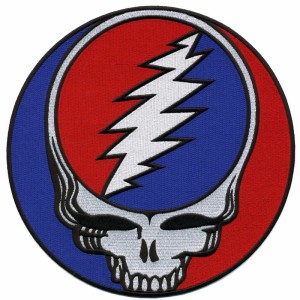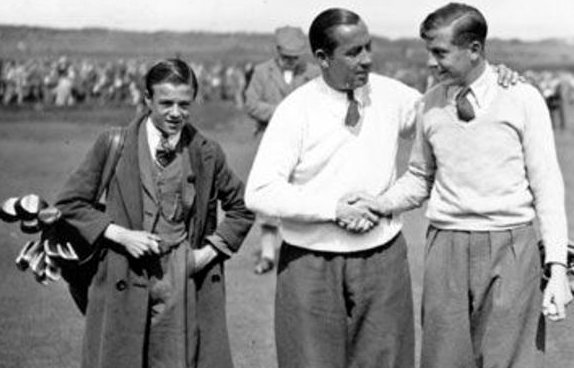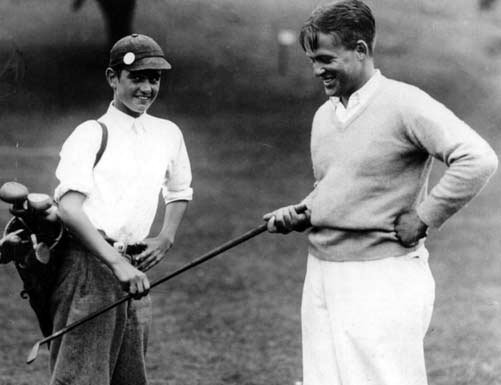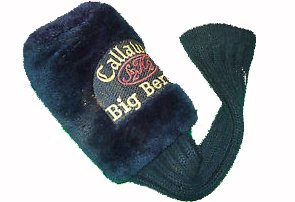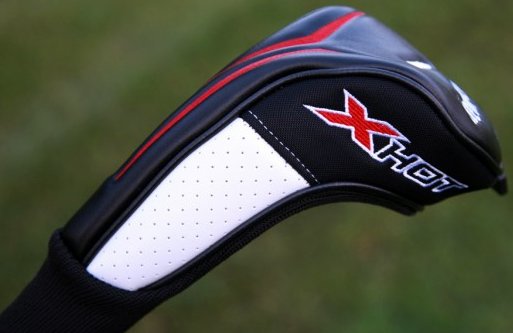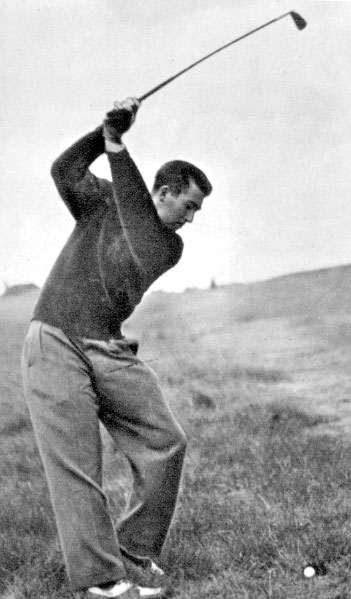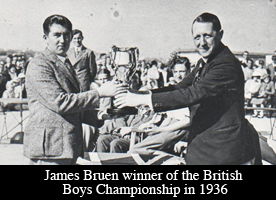My favorite headcover was made of black plush and had the Grateful Dead’s red-white-and-blue “Steal Your Face” skull logo embroidered on it. I got to play golf with Jim Furyk once, and before we teed off his caddie, Fluff Cowan, looked into my bag and said, “So, you’re a fan of the boys, eh?”—one of my proudest moments in the game. My 5-wood eventually wore a hole through the fabric, and I had to take that headcover out of service. The huge online store on the Dead’s official website used to have lots of branded golf stuff, but not anymore.
Headcovers must be a product of the apparently irresistible human urge to clothe inanimate objects—the same urge that gave us doilies, dust ruffles, chair skirts, and toilet seat covers. Most golfers probably assume that headcovers have an important protective function, but that seems unlikely. The purpose of a golf club is to be slung repeatedly at hard things lying on the ground, so why should you need to swaddle it just to carry it in a bag? Olden-days golfers—whose clubs were made by hand and were therefore arguably worth special handling—didn’t use them:
So why do we? Chuck Furjanic, who is the author of Antique Golf Collectibles: A Price and Reference Guide, told me that headcovers date from at least the early 1910s. Nevertheless, I spent a pleasant afternoon flipping through the pages of most of the golf books in my office, and couldn’t find a headcover in a photograph or illustration from earlier than 1935. Walter Hagen didn’t use them (and Henry Cotton didn’t either):
My research indicates that Bobby Jones won the Grand Slam without headcovers, that most golfers carried their woods naked until the late thirties or early forties, and that the headcovers of yesteryear started out looking like children’s socks, then evolved into sweaters for weasels. No headcovers here:
My first metal woods—a TaylorMade set, which I bought in 1991—came without headcovers. Their successors—a trio of Big Berthas, purchased less than a year later—came with huge ones, although they’d probably seem almost dinky today:
Those two transactions bracketed the beginning of the modern headcover era. Today, it’s impossible to buy a wood or even a hybrid without also receiving a complicated sheath that appears to have been manufactured in the same Chinese factory that makes shoes for NBA players and props for George Lucas movies. Someone I played golf with once told me that getting rid of headcovers would speed up the game by twenty minutes a round, and I believe it. Putting a modern headcover back onto a modern driver can be as exasperating and time-consuming as putting a snowsuit onto a toddler.
Using headcovers on irons is still for beginners only, like using a clicker to count shots or carrying tees in a bandolier. And thank goodness for that. But who knows? A lot of people didn’t think that soft spikes would catch on, either.

